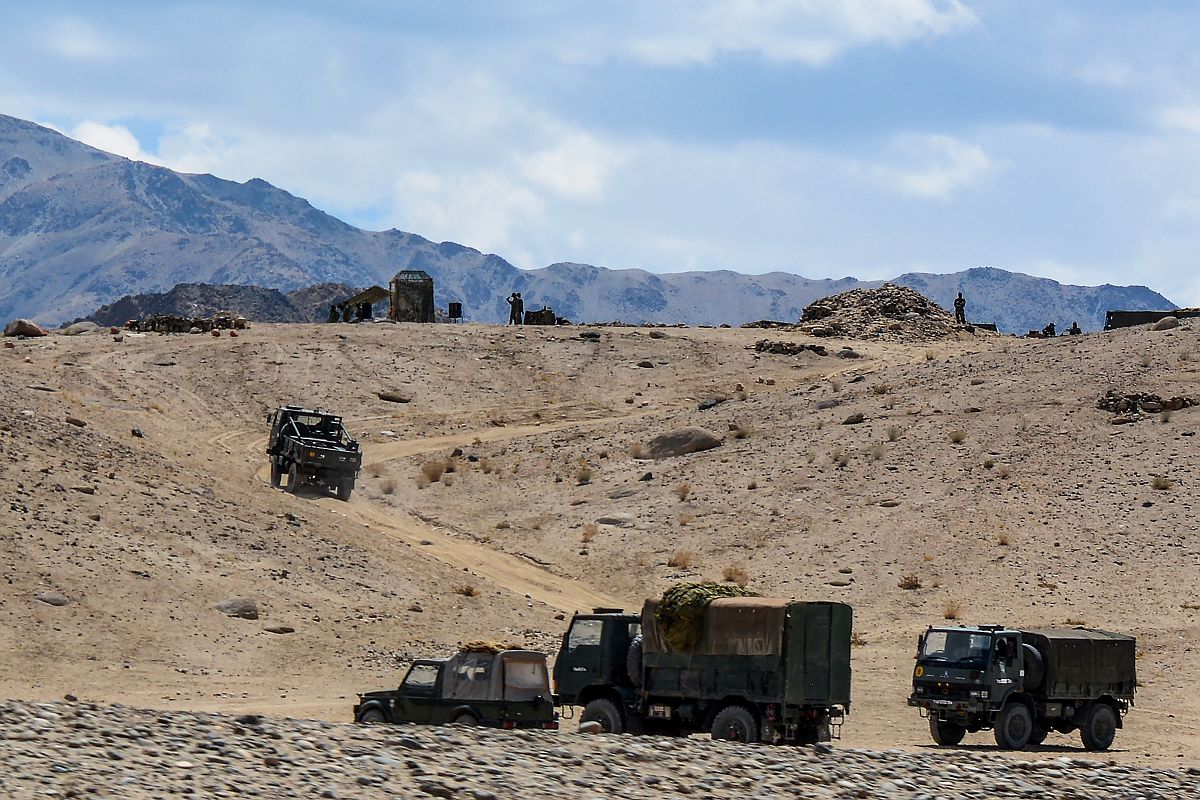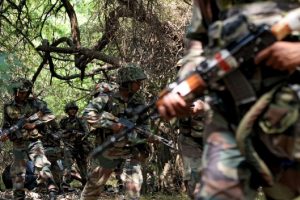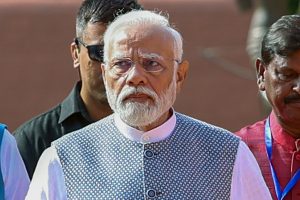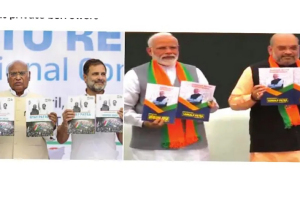The Chinese People’s Liberation Army on Wednesday moved back around 2 kilometres at Patrolling Point 15 in Ladakh’s Hot Springs, sources said, after the disengagement process between the two armies started in Galwan valley on Monday and is expected to be completed in few days.
The withdrawal at Patrol Point 17A (Gogra) is expected to be complete by tomorrow or day after, according to sources quoted by NDTV.
The disengagement started after a two-month military standoff and it is happening “as per agreed terms in the Corps Commanders’ meeting”. However, it has not been verified on the ground yet.
Chinese troops have completed the process of removing tents and structures at Patrolling Point 14 and Patrolling Point 15 in the Galwan Valley, according to news agency IANS sources.
Meanwhile, in the Finger 4 Area near the Pangong lake, some movement can be seen. The ridge line remains occupied by the Chinese troops, NDTV sources said.
On Sunday, India and China had agreed that both sides should take guidance from the consensus of the leaders that maintenance of peace and tranquillity along the Line of Actual Control (LAC) was essential for the further development of bilateral relations.
The mutual agreement came after a key phone call between Chinese Foreign Minister, State Councillor and Special Representative on the Sino-Indian Boundary Issue Wang Yi and Indian National Security Advisor and Special Representative Ajit Doval.
As per the agreement between the Corps Commanders, a buffer zone of at least 1.5 km on both sides of the Line of Actual Control has to be created in these areas.
IANS sources said that in Galwan Valley, the water level of the Galwan river has risen suddenly due to melting of snow, which could have forced the Chinese to move from the area faster. The Indian Army is reported to be using drones to verify Chinese movement as physical verification has been hindered by the rising water levels of the Galwan river.
At Pangong lake, the most contentious issue between the two sides, Chinese troops have moved up to Finger 4 where they have brought over 120 vehicles and dozen boats. The Chinese army has also opened up a new front in the area near the Depsang Bulge, a table-top plateau north of Galwan. They have built camps and deployed vehicles and troops.
The Pangong lake is divided into 8 Fingers. The mountainous spurs jutting out into the lake are referred to as Fingers. India has been claiming Fingers 1 to 8.
There is also an Indian post near Finger 4. India claims the entire stretch till Finger 8. The area between Finger 5 and 8 has been a matter of dispute as China claims it. It has often witnessed confrontations.
China has made an attempt to change the status quo by putting up shelters and setting up camps in areas that were under Indian control so far.
The military commanders from both sides are in constant touch with each other. However, India remains cautious and the army and air force are on high alert.
The Indian and Chinese armies have been locked in a bitter standoff in multiple locations in eastern Ladakh for the last two months.
The tension escalated manifold after 20 Indian soldiers were killed in a violent clash in Galwan valley on June 15. The Chinese side also suffered casualties but it is yet to give out the details.
India and China have held several rounds of diplomatic and military talks in the last few weeks to ease tension in the region. However, there was no visible sign of end to the standoff though the two sides agreed to initiate disengagement of the forces from the region.
The unprecedented violent clash took place in Galwan valley on the night of June 15 at the LAC with Chinese People’s Liberation Army soldiers attacking a small group of Indian Army men on patrol, resulting in fatalities which included the commanding officer of the Indian Army.
(With agency inputs)











